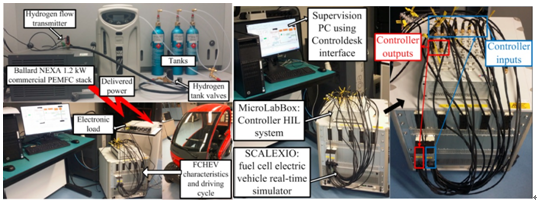Institute of Interdisciplinary Problems, abbreviated as ‘Interdisciplinary Institute’ which was founded in 2016 and already has a reasonable talent echelon during the developments in five years. There are currently 8 permanent staves (including 5 professors, 1 associate professor, 2 associate researchers), 2 postdoctoral fellows, and more than 30 graduate students, forming an innovative and efficient scientific research team. According to the direction of basic science and application, 4 interdisciplinary scientific research teams are included: (1) Rocket Propellant New Functional Materials Team; (2) Micro Vibration and Precise Control Team; (3) Space Confrontation Intelligent Technology Team; (4) Fuel Cell System and Energy Optimization Team.
Interdisciplinary Institute has established several laboratories to meet the development of disciplines, mainly including 3 laboratories for energetic material preparation, structure and morphology characterization, 2 micro-vibration and precision control laboratories, and 1 space confrontation intelligent laboratory. More than 60 sets of permanent assets have been invested including the necessary hardware equipment for the preparation of functional materials for propellants. Such as 1 high-pressure ultrasonic reactor, 1 electrostatic spinning equipment. The structure and performance characterization equipment of new functional materials for propellant includes 1 scanning electron microscopy (SEM), 1 thermogravimetry-infrared combined analyzer (TG-IR), 1 vacuum stability test (VST), 1 high-speed camera, 1 infrared thermic image,1 fast thermal conductivity meter, 1 simultaneous TGA/DSC Instrument, 2 multi-channel true density meters, 1 oxygen bomb combustion calorimeter, and 2 Multifunctional combustion diagnosis systems. The equipment of the micro-vibration and precision control team includes 3 vibration isolation platforms, 1 three-axis air-floating satellite platform, 1 space precision tracking and aiming platform, 1 ultra-static suspension device, 1 marble air-floating platform, and 2 optical vibration isolation platform, 2 real-time simulation platform. The Micro-Vibration and Precision Control Team aim at the cutting-edge needs of space quantum science, gravitational wave detection, space laser communication, deep space detection, weapon platform tracking, and weak target detection, exploring ultra-quiet active vibration isolation, high-precision targeting, and time-frequency power new principles, new technologies, and new methods of science, photoelectric system control.
In the past five years, the Interdisciplinary Institute has presided over 20 vertical topics such as National Natural Science Foundation key projects, JKW key projects, 921 special projects, and key industrial chain projects of the Provincial Department of Science and Technology, and more than 30 horizontal projects for enterprises or research institutes, with total funding of more than 52 million. In addition, more than 100 high-level papers have been published. These studies have provided strong support for major special projects such as national aerospace solid power and high-efficiency damage. The Rocket Propellant New Functional Materials Team has put forward the scientific problem of the bottleneck of the high-energy compound structure for composite propellants, which is difficult to balance insensitivity and high-energy. The new method of densification and crystallization of the active high-energy nitroamine oxidant under the constraints of the strong interaction of the molecular network realizes the reduction of sensitivity while storing the energy at high density. A new method of combustion performance control based on the design of interface structure for the propellant component has also been developed, which has realized the overall optimization of high combustion efficiency and low-pressure index and the pressure index of the high-pressure section reduced by more than 60%. The ultra-quiet active vibration isolation platform led by Micro-Vibration and Precision Control Team has been used in time-frequency scientific experiments and will be launched with the space station capsule II in 2022.
The Research Direction of Interdisciplinary Institute
The Research Direction of Rocket Propellant New Functional Materials Team
(1) Synthesis and Application of New Energetic Functional Materials
(2) Study on the detailed chemical mechanism of propellant combustion
(3) Development of quantum chemical calculation and reaction kinetics model for energetic materials
(4) Research on High-density Energy Storage and Controllable Release Technology of Solid Propellant
(5) Exploring Real-time Intelligent Control Technology and Application Research of Solid Propellant
The Research Direction of Micro Vibration and Precise Control Team
(1) Ultra-quiet active vibration isolation
(2) Ultra-precision orientation
(3) Time-frequency dynamics
(4) Photoelectric system control
The Research Direction of Space Confrontation Intelligent Technology Team
(1) Game output estimation and compound optimization control method in the multi-source interference environment
(2) Game cost setting and optimal control method in the networked transmission environment
(3) Optimal control method for anti-DoS attack based on heterogeneous game
The Research Direction of Fuel Cell System and Energy Optimization Team
(1) Fuel cell stack multi-physical domain modeling and preparation technology, aging mechanism research
(2) Hydrogen fuel cell system design and control technology
(3) Fuel cell hybrid power system
The Representative Scientific Research Results of Interdisciplinary Institute
(1) Anti-jamming motion control results of neutral buoyant space robot
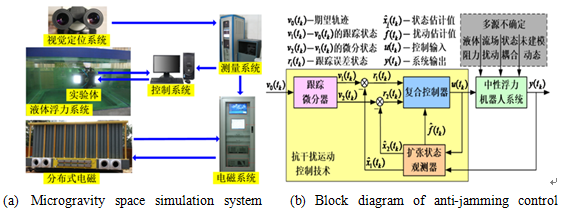
(2) Anti-jamming motion control results of neutral buoyant space robot
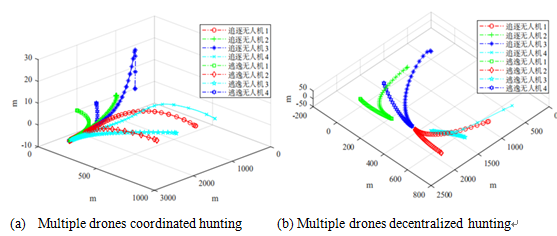
(3) High-density crystallization of energetic components for solid propellant and application technology results
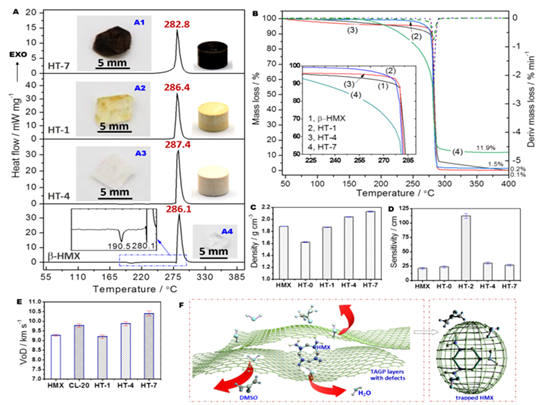
(4) Core-shell structured metal fuel for solid propellant and precise control technology results of burning rate
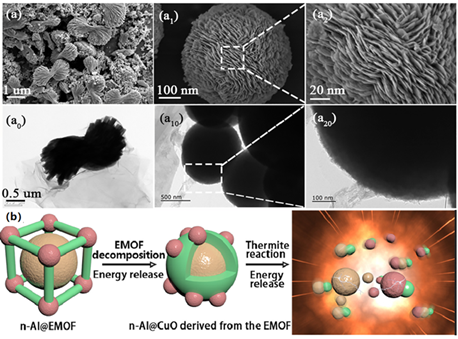
(5) Development code for detailed combustion chemical reaction kinetic model of butene isomer hydrocarbon fuel

(6) A high-precision quantum chemical calculation program for the reaction rate and thermochemical properties of the C4H7 potential energy surface
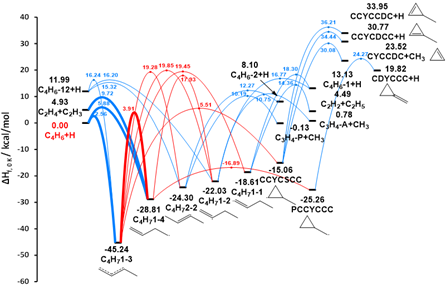
(7) Self-developed photoelectric precision tracking platform
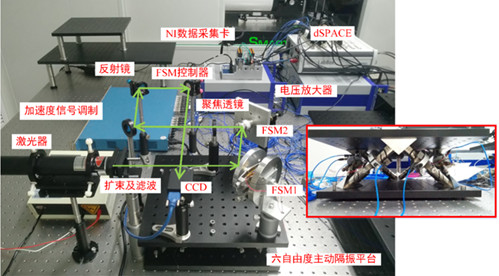
(8) Self-developed photoelectric precision tracking platform

(9) Independently build a hardware-in-the-loop simulation platform for a fuel cell hybrid power system (HIL)
